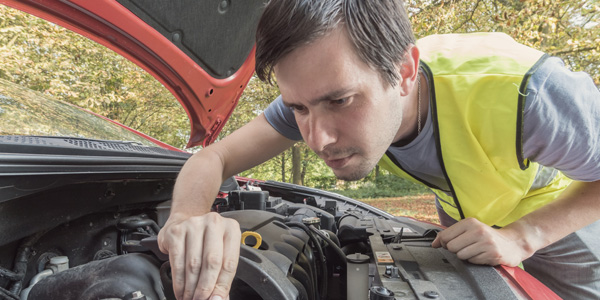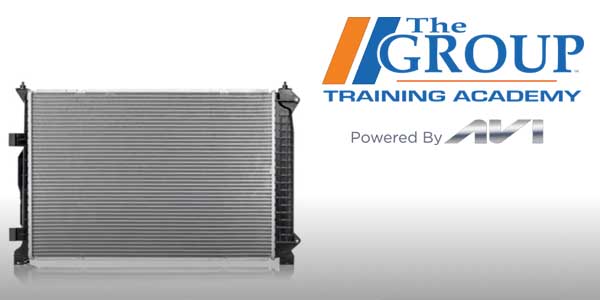
Vehicle owners often neglect general car maintenance, and when there’s a developing problem such as a coolant leak, it could leave the motorist stranded.
If your customer complains that their engine is running hot, it could be from an underlying issue with the coolant level or a leak. Always check the coolant when the engine is cold, or at least warm to the touch; never open the radiator cap when the engine is at operating temperature.
Coolant is vital to the performance of the engine and helps maintain a consistent temperature that won’t overheat components such as the cylinder head. High engine temperatures can warp the cylinder head – especially if it’s made of aluminum – and cause the head gasket to leak combustion gases into the coolant or vice versa. If there’s an internal leak, you can remove the radiator cap and check for foaming or oil mixing in with the coolant.
Most professional technicians have specialty tools such as a pressure tester to find out if the system leaks, but it won’t necessarily pinpoint the source of the leak. One of the easiest ways to check for leaks is to use an ultraviolet dye penetrant.
With an ultraviolet flashlight and glasses along with dye penetrant in the system, the engine can be started and warmed up as usual. After a few minutes of warming up the engine, check all around where coolant flows through hoses and into the radiator. If there’s a leak, the dye will glow bright green under the UV light, so it’s easy to find.
While a pressure test can reveal significant leaks – such as split hoses or a cracked radiator reservoir – it may be more difficult to find smaller leaks, which are more easily detected with dye in the system. Some leaks might only happen under pressure, and the vehicle might need to be driven around to find the source.
Water pumps can be a source of coolant leaks when the bearings start to fail. The tell-tale sign of a bad pump would be noise from the pulley/bearing or excessive play. Some water pumps are designed to extract debris in the coolant through a weep hole when they’re new (e.g., Toyota 4.0L V6 1GR-FE). Signs of heavy coolant deposits around the water pump typically mean it should be replaced. If there’s minimal dried coolant around the pump, a paper towel dabbed around the area can help verify he condition of the leak. If the paper towel is wet, then the pump should be replaced.
Another area that can fail is the thermostat. If the thermostat sticks closed, the coolant can’t flow through the engine and radiator to cool down, so it builds up pressure. After a while, the pressure becomes so high that it will find a weak spot and burst a hose, cap or one of the coils in the radiator. Also, some engines have plastic thermostat housings that are sealed with an O-ring. If the O-ring is flattened, it may cause a leak.
In addition to coolant, be sure to stock up on coolant leak-repair products, common water pumps as well as hoses and clamps. That way, you’ll be well-positioned to help your customer avoid being stranded on the side of the road.








